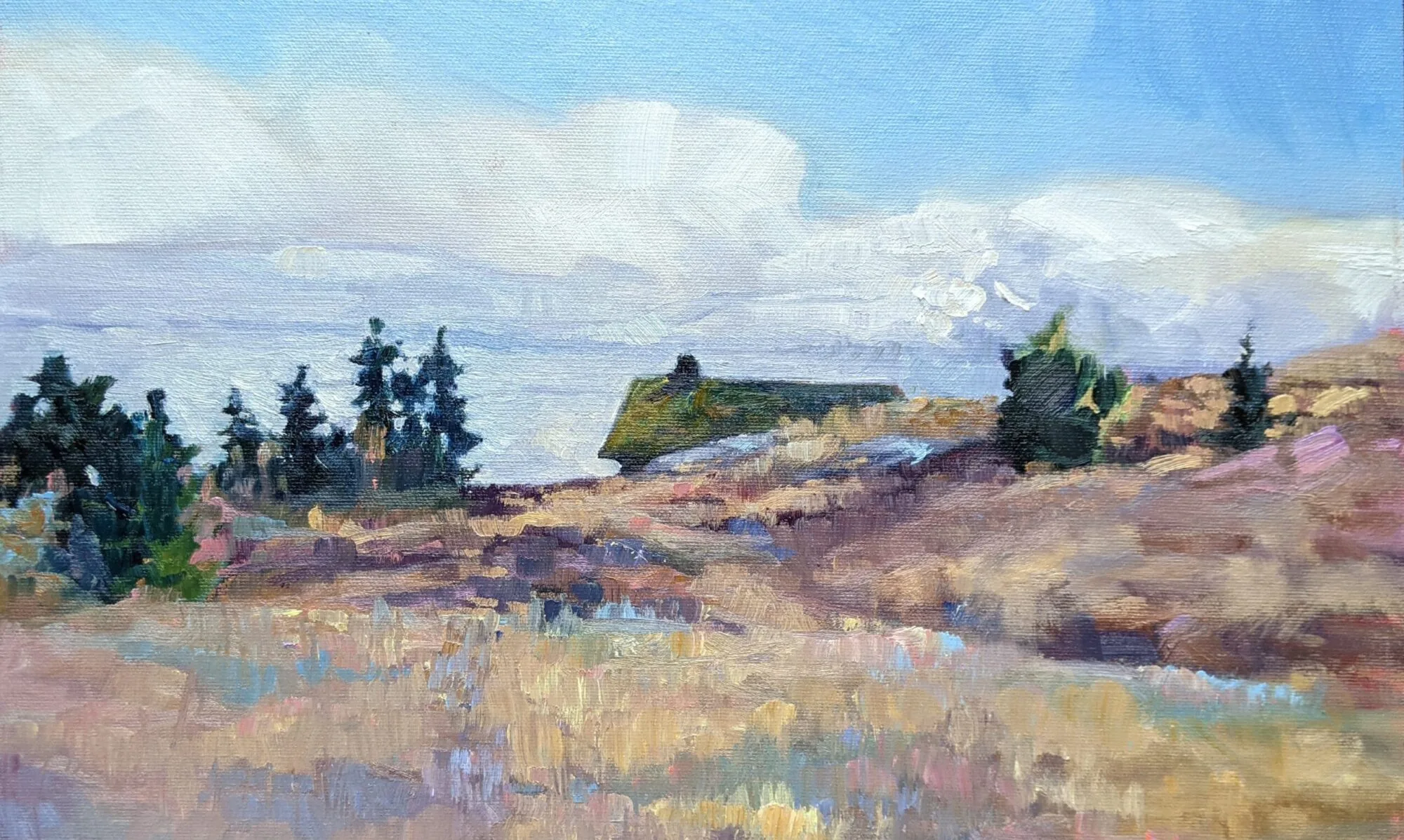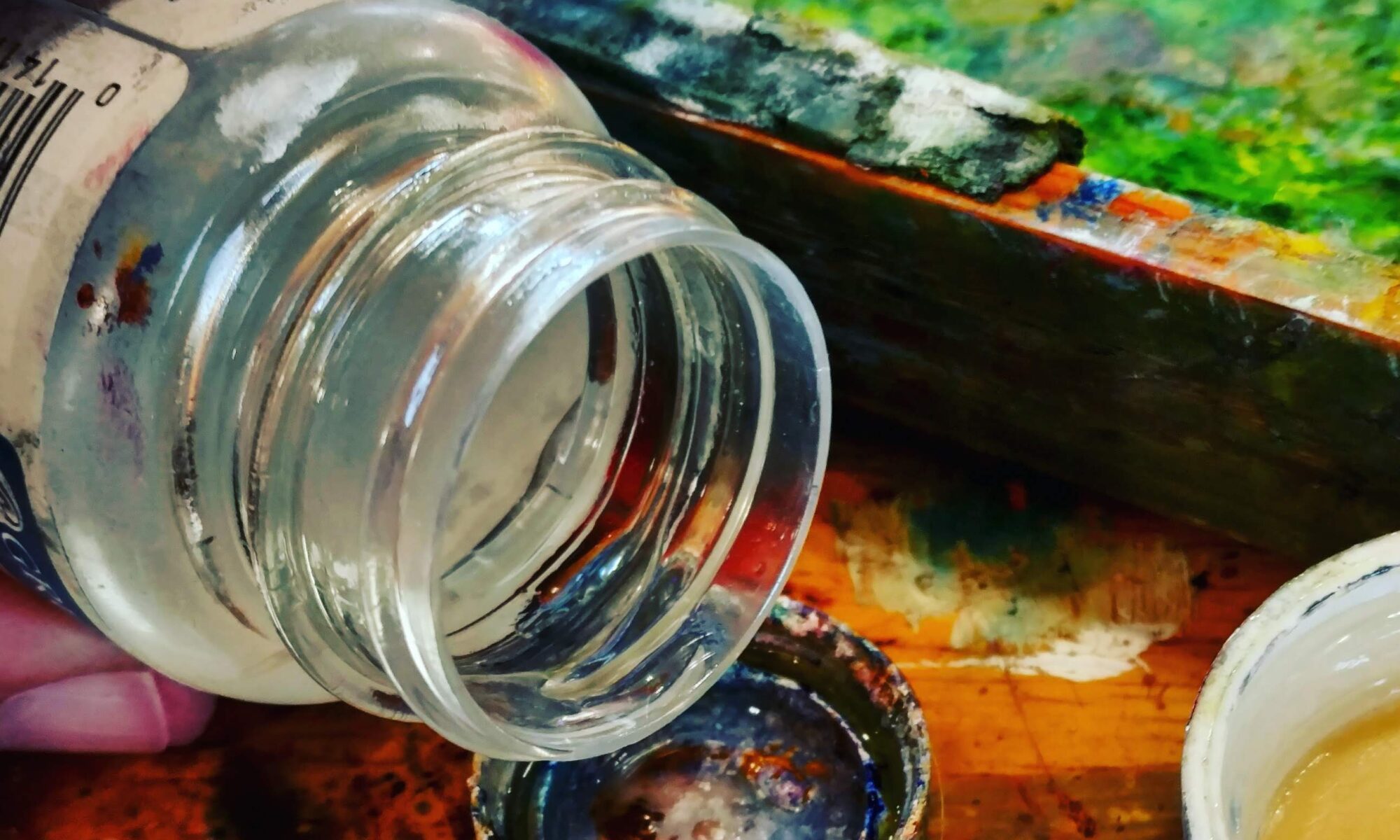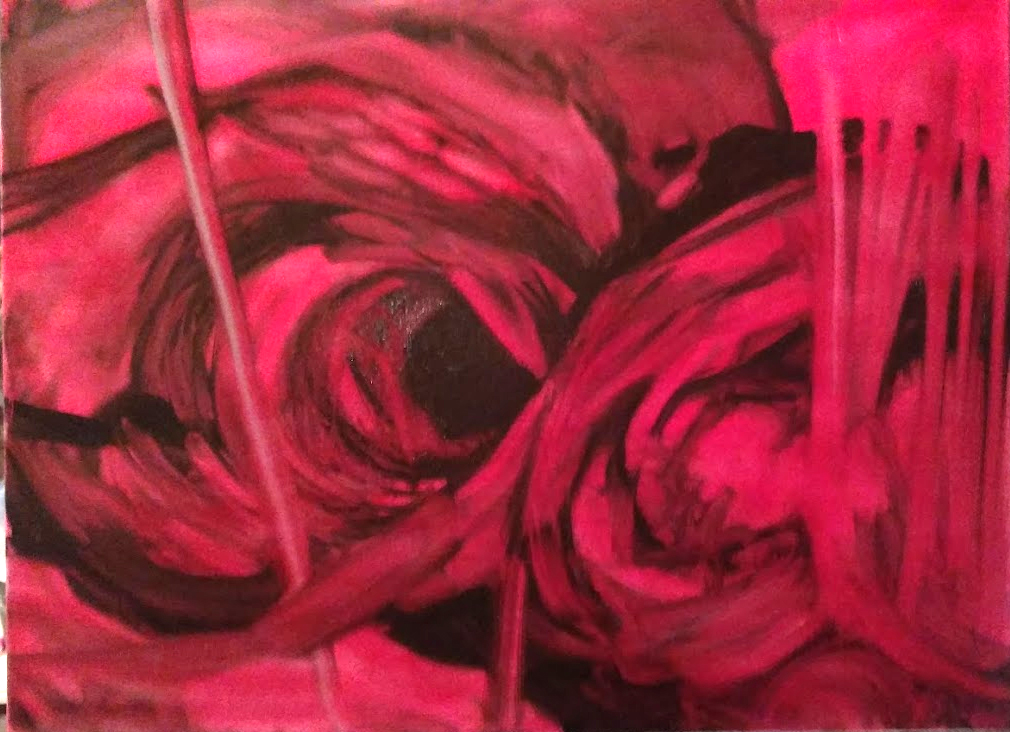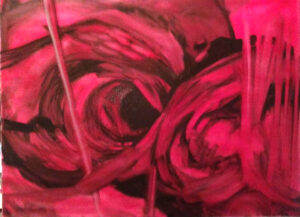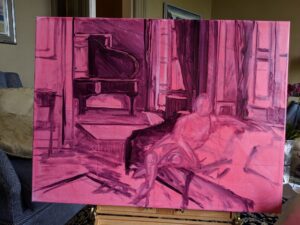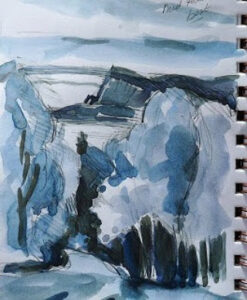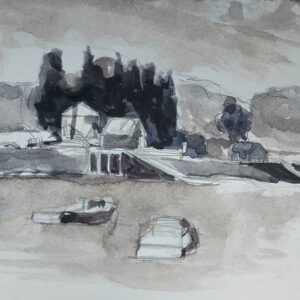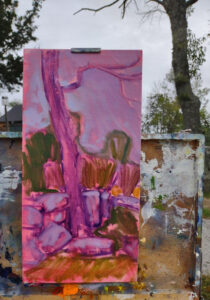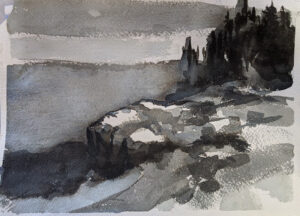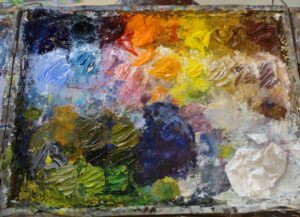
Last year, Laura and I sketched out a seven-part series called Seven Protocols for Successful Oil Painters. Laura had a vision based on the industrial training videos that were part of her prior career. I’ve never watched a training video in my life; the last time I worked for someone else, my instructions were scribbled on foolscap.
I didn’t want to make a tedious video where I did a long, uninterrupted demo. They always make me fall asleep. Laura wanted a series of shorts that explained a specific concept. Each would be followed by exercises and a quiz.
I had no idea how to record video, and no clue how to edit it when it was done. However, I did have a good SLR and audio recorder. My son introduced me to DaVinci Resolve. We bought a subscription to Canva and extra storage on Google. Once we had all those things in place, we realized we had no idea what we were doing.
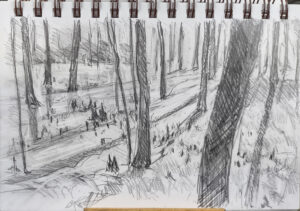
There is nothing more disheartening than spending an afternoon painting, only to find that you hadn’t focused the camera, or the light was wrong, or you forgot to start the audio recorder. If there was a mistake to be made, I’ve made it.
Our goal was to finish all seven classes by the end of the year, but as the summer season heated up, I lost my momentum. We will probably finish the fifth one by Christmas, and the other two by the end of winter. Once that’s done, you’ll no longer need me; you can learn to paint by doing the exercises.
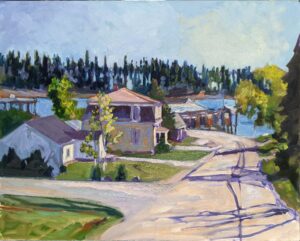
This series would not be happening without you. That starts with the people who have asked me over the year to write a book; I got it outlined and then stalled. The outline for that book became the outline for this series.
Then there are the people who beta tested the first class. You gave me incisive and pertinent feedback, which improved later classes. A few loyal testers have been with me through every episode, and I’m especially grateful for you.
I’m grateful for the early adopters of the series. At times I wondered whether Laura and I had lost our minds in devoting a year to such a risky venture. But many of you have taken them, and you seem to have found them valuable. “I took Carol’s online class modules prior to the [Rockport Immersive] workshop and found them to be great preparation,” Beth D. wrote. “I don’t think I could have absorbed all that complicated and practical information while painting plein air on location. The modules were very brief and concise yet enlightening.” Thank you, Beth.
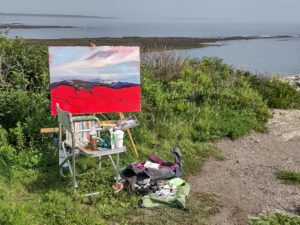
In appreciation of you all, here’s a code for 30% off one of the Seven Protocols for Successful Oil Painters. Choose from:
STEP 3: THE CORRECT COMPOSITION
STEP 4: THE ESSENTIAL GRISAILLE
Just type THANKYOU30 in the coupon code. And thank you so much!
Reserve your spot now for a workshop in 2025:
- Advanced Plein Air Painting, Rockport, ME, July 7-11, 2025.
- Sea and Sky at Acadia National Park, August 3-8, 2025.
- Find Your Authentic Voice in Plein Air, Berkshires, MA, August 11-15, 2025.
- Immersive In-Person Fall Workshop, Rockport, ME, October 6-10, 2025.
